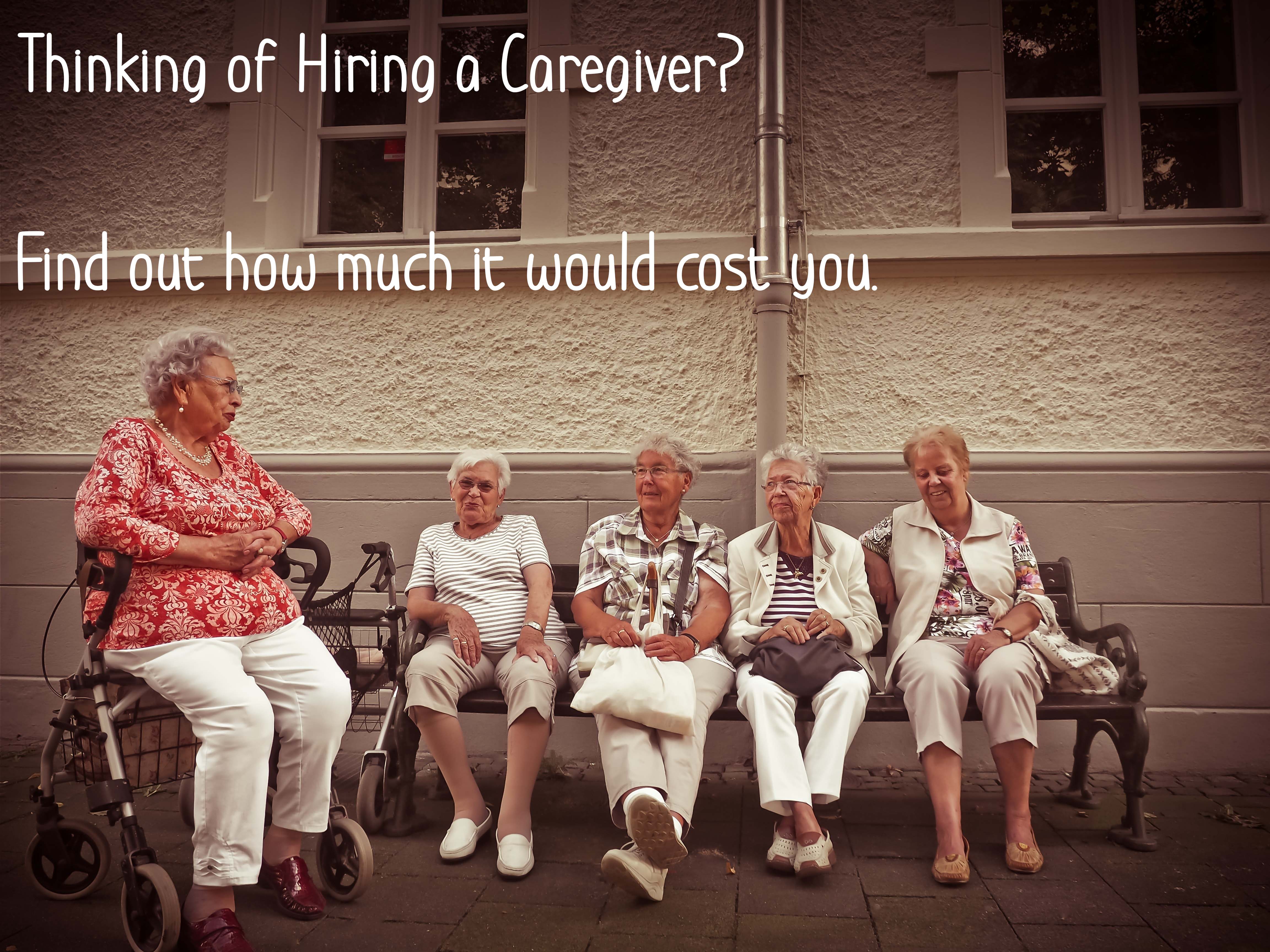Obama Administration Campaign Will Publicize Health Care Subsidies
by Robert Pear
WASHINGTON — The Obama administration on Thursday said that it would wage a national advertising campaign to counter a perception among people with low incomes that health insurance under the Affordable Care Act was not affordable.
The television advertisements say that most people who sign up for insurance at HealthCare.gov can “qualify for financial help to make coverage more affordable,” with images showing that people who work in restaurants and at other low-wage jobs can slash their premiums with such assistance.
A three-month open enrollment period, during which people can compare and select health plans, begins Sunday.
Sylvia Mathews Burwell, the secretary of health and human services, said officials were running the ads because “affordability is a big issue in terms of how people make decisions.”
Research by the government and private organizations shows that many consumers are not aware that financial help is available for those with lower incomes who buy insurance in the federal and state marketplaces. The subsidies are provided in the form of tax credits that lower monthly premiums. In most cases, the money is paid directly by the Treasury to insurance companies, not to consumers.
Administration officials said that many people who had the greatest need and desire for insurance had signed up in the last two years.
“We know it’s going to be harder, but we have to work smarter,” Ms. Burwell said of the coming enrollment period.
She said last week that she expected 10 million people to be enrolled in coverage through the federal and state marketplaces at the end of next year — a modest increase over the 9.9 million enrolled at the end of June.
In 2015, as in 2014, enrollment has been declining since early in the year. Ms. Burwell said officials did not fully understand why. “It’s an important question we continue to ask ourselves,” she said.
Some people who sign up for coverage lose it when they fail to pay their share of premiums. Others obtain insurance from employers or government programs like Medicaid and Medicare.
Many health plans offered on the public exchanges have high deductibles and other out-of-pocket costs. Ms. Burwell said the administration hoped to educate and empower consumers to help them understand the trade-offs between premiums and deductibles — the amount that people pay up front for medical care, before insurance begins to pay.
“Financial literacy is important,” Ms. Burwell said, and consumers can often save money by shopping around and switching to different plans. Insurance policies with lower premiums often have higher deductibles, and higher-priced plans often have lower deductibles.
Ms. Burwell said that the government would, as expected, emphasize that people who go without insurance in 2016 would face higher penalties. The penalty will be $695 for each uninsured adult or nearly 2.5 percent of household income, whichever is greater, compared with $325 per uninsured person or nearly 2 percent of income this year.
Ten federal insurance cooperatives created under the Affordable Care Act have collapsed or decided to cease operations under pressure from federal and state regulators concerned that they were losing money and might not be able to pay claims in the future. More than a half-million people insured by the co-ops will need to find other insurance for next year.
Ms. Burwell said those consumers could shop for alternatives in the public insurance marketplaces.
“All those people right now hopefully can use window shopping to figure out what they might want to do and choose as their alternatives,” Ms. Burwell said.
“Across the country,” she added, “the marketplace is stable. There are choices in most counties.”
- Tags: health care Uncategorized
- Professional Medical














Comments 0